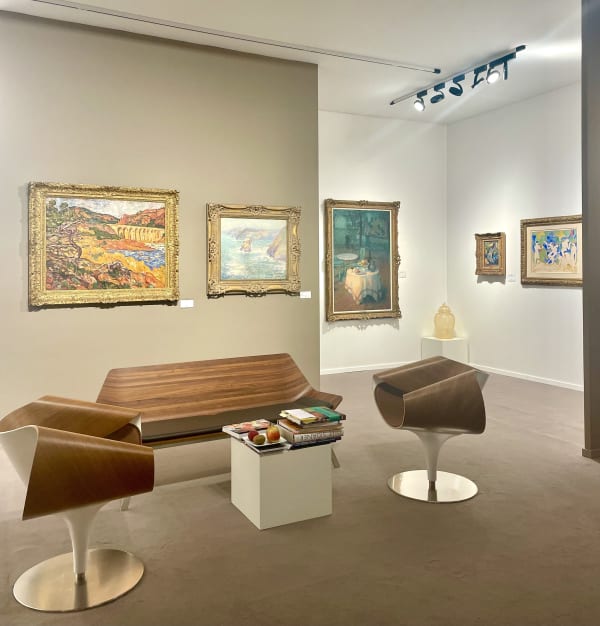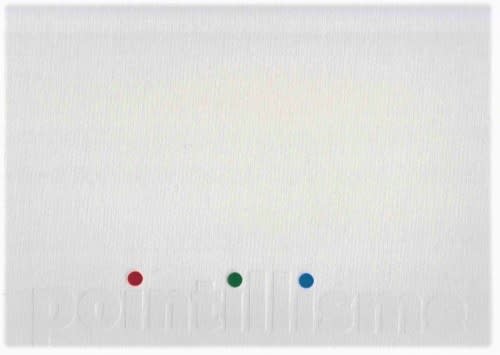Henri Le Sidaner French, 1862-1939
Henri Le Sidaner was first an academic French painter, close to Symbolism and the Post-Impressionists he developped his own "Intimist" language and became renown for his mysterious interior scenes and landscapes.
Henri Le Sidanier spent his early childhood in the exotic atmosphere of the island of Mauritius where he was born. In 1870 his surroundings underwent a radical change when the family moved to Dunkerque, in northern France.
In 1882, Le Sidaner is admited to the Ecole des Beaux-Arts de Paris, where he receives a solid academic training, studying from 1884 under the tutelage of the famous Alexandre Cabanel. Though he was attracted by impressionism, Le Sidanier never truly joined the movement. In 1885 the artist settled in the small fishing port of Etaples, in nothern France where he lived for nine years, painting realistic, sentimental scenes of everyday places and people.
In 1894 he returned to Paris, just as the symbolist movement was taking hold. He became friends with the Belgian luminist painter Emil Claus and participated in exhibitions of La Libre Esthétique in Brussels. His universe gradually became more subtle as he sought to reproduce effects of light – dusk, the first rays of the sun at dawn or sun filtering through mist – and evanescent atmospheres. This evolution appears most clearly in the paintings he made while living in Bruges from 1898 to 1899. A city of water, fog, silence, solitude and mystery, Bruges perfectly embodied his aspirations and allowed him to translate them immediately onto the canvas. From that point onwards, figures disappeared from his paintings. He focused exclusively on representing the poetry and magic of a place, and its unique qualities of its light. Using shifting hues to create a diffuse atmosphere and spending long periods of time on each painting to meld the small brushstrokes.
Le Sidaner returned to France in 1900 and bought a large house and studio in Gerberoy, region where he developped his caracteristic intimist style. The old stones of the house, its shady, flower-filled garden and the still lives that the artist arranged on tables became his main subjects. Working in series, he painted them from every angle and at every time of day. Using a post-impressionist technique and a delicate and soft palette of warm nuances, the effects of stillness and diffuse light in his paintings seem almost spiritual.




